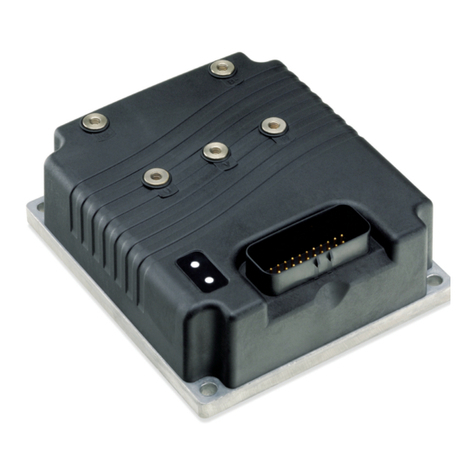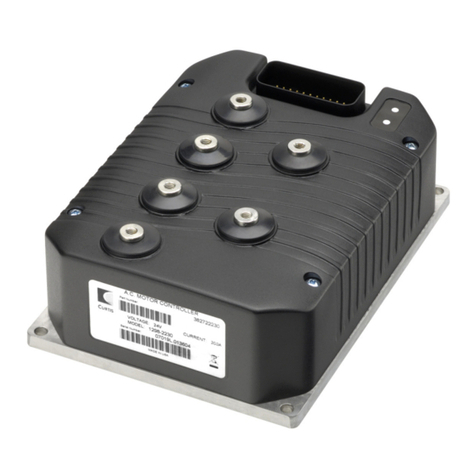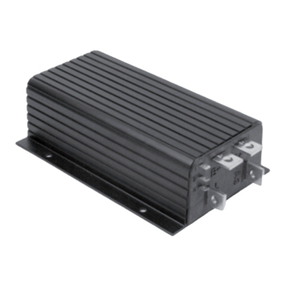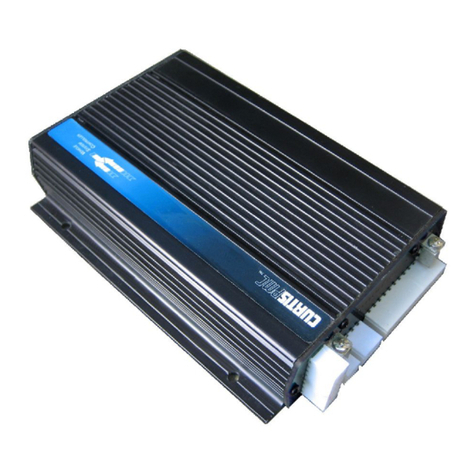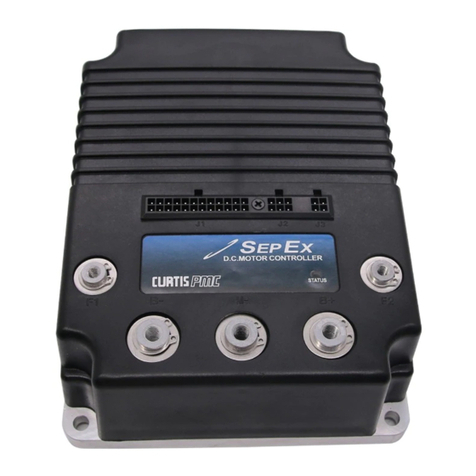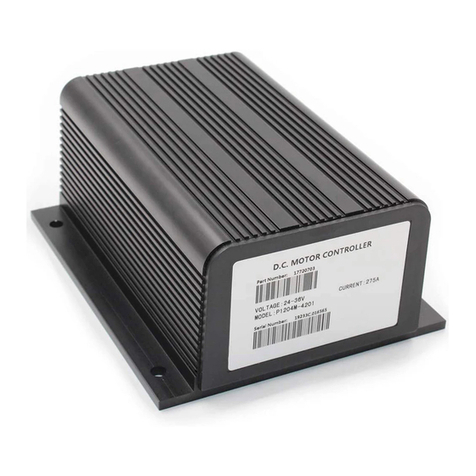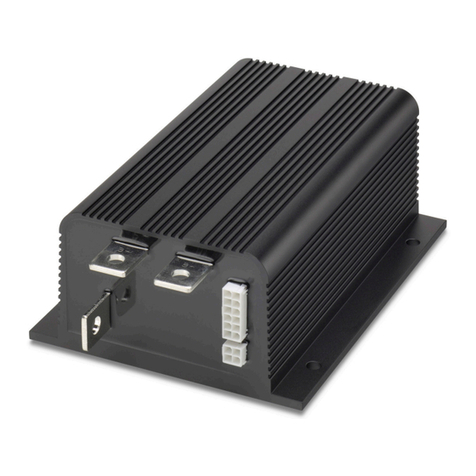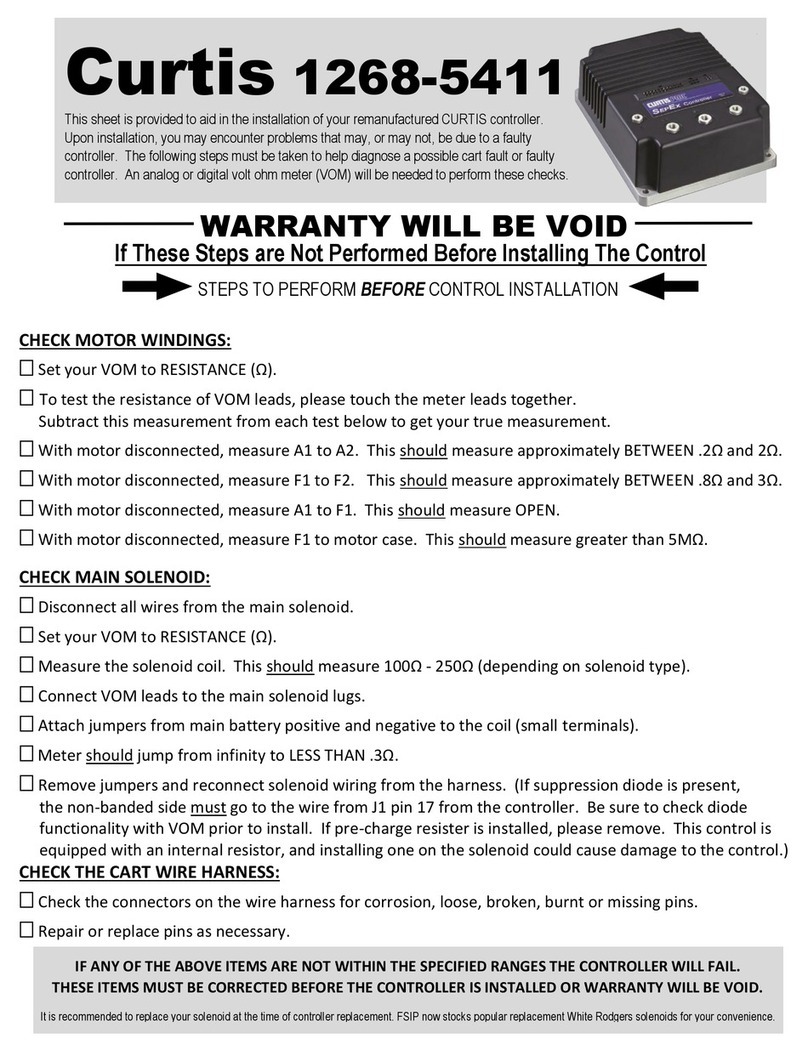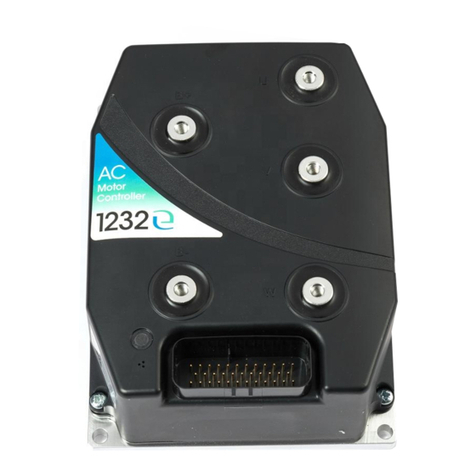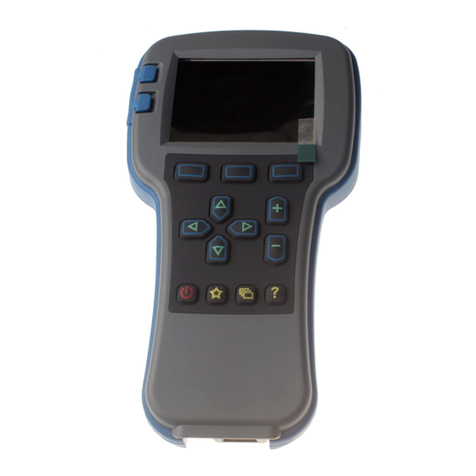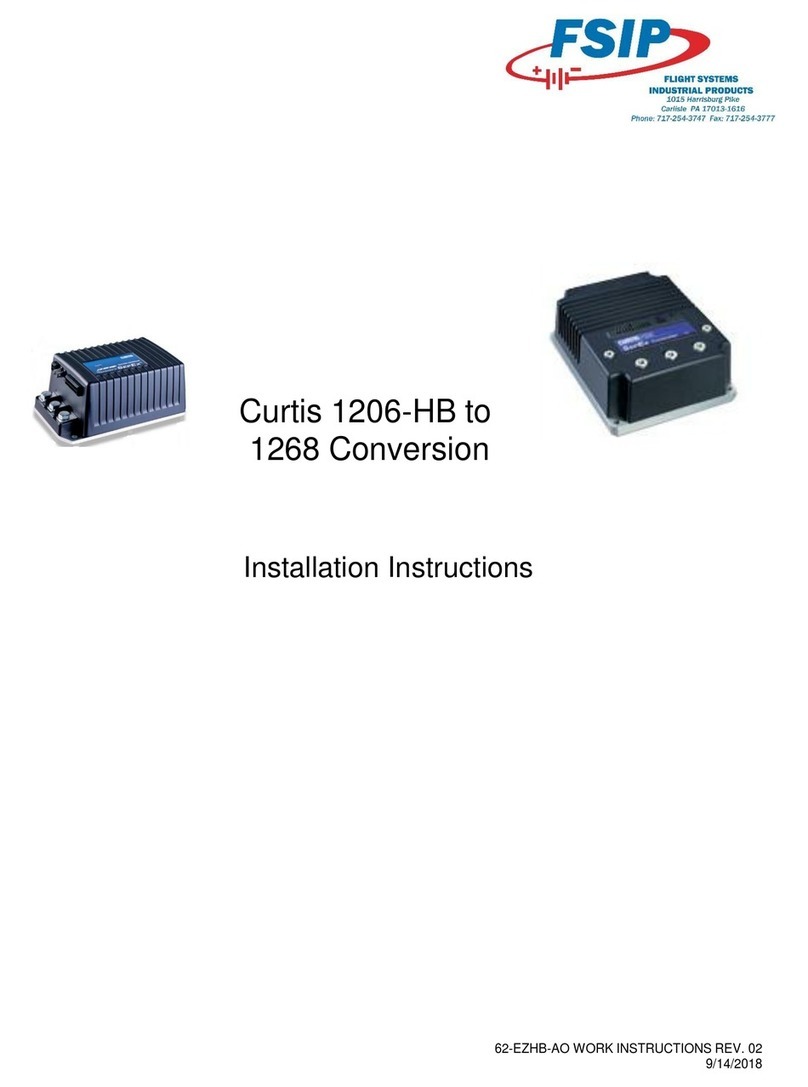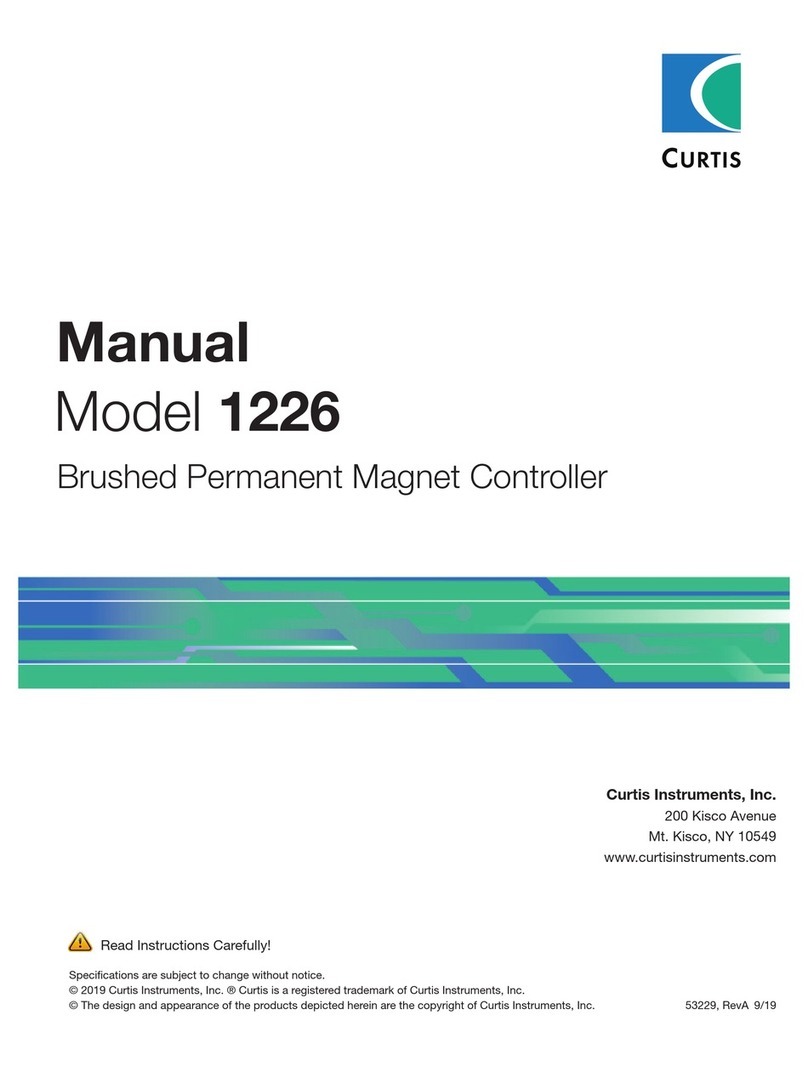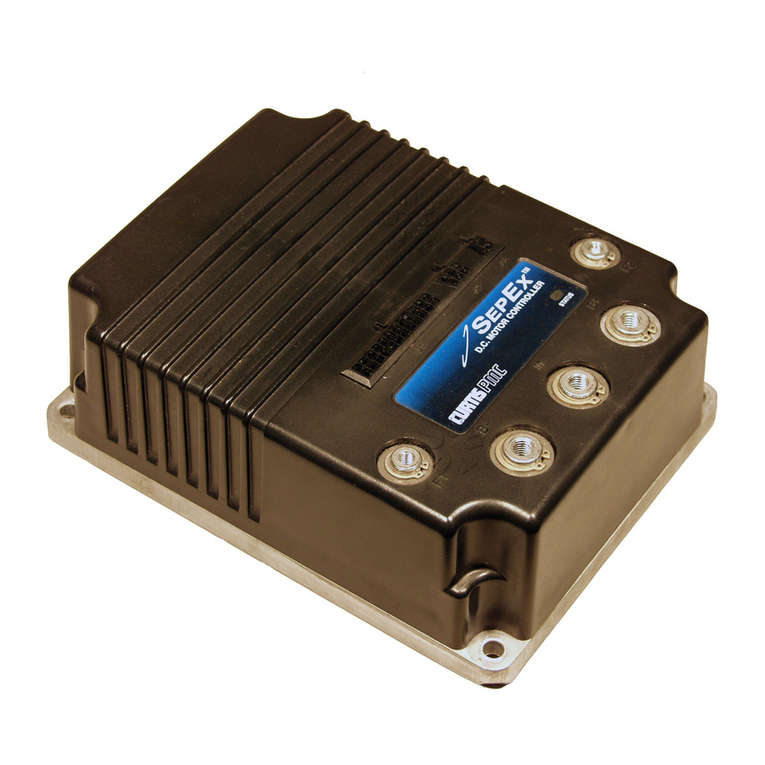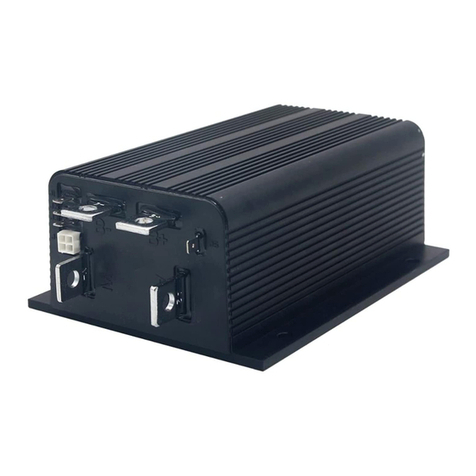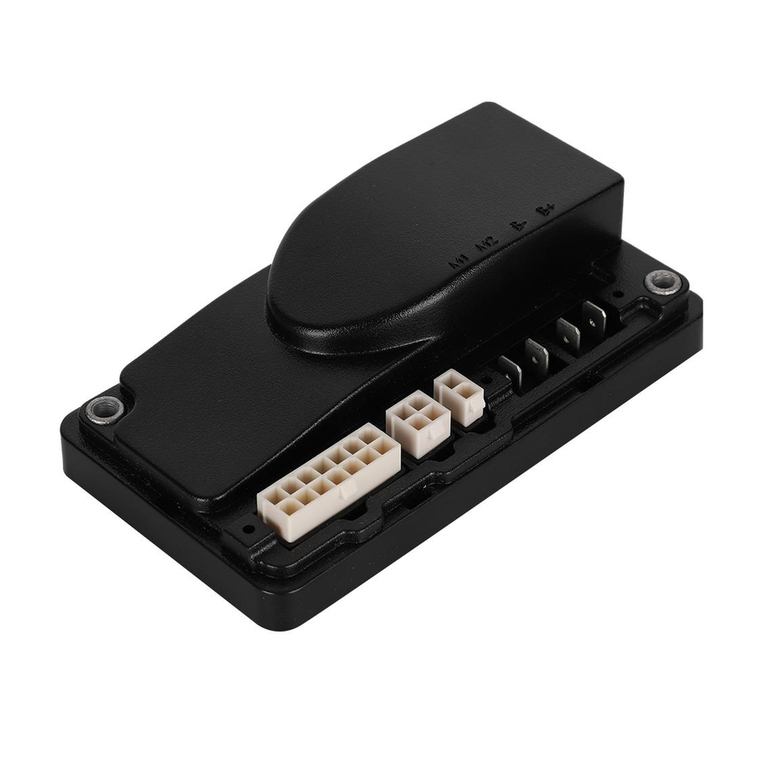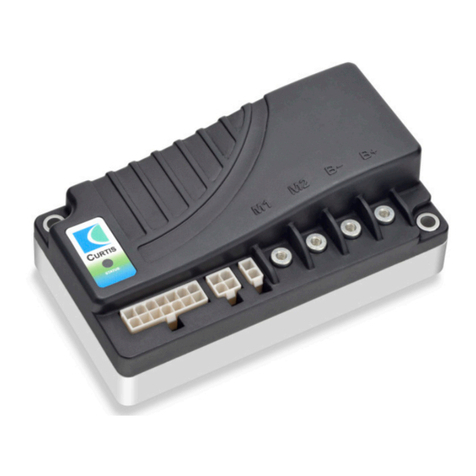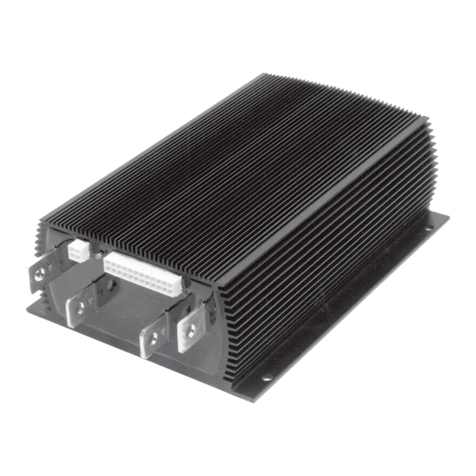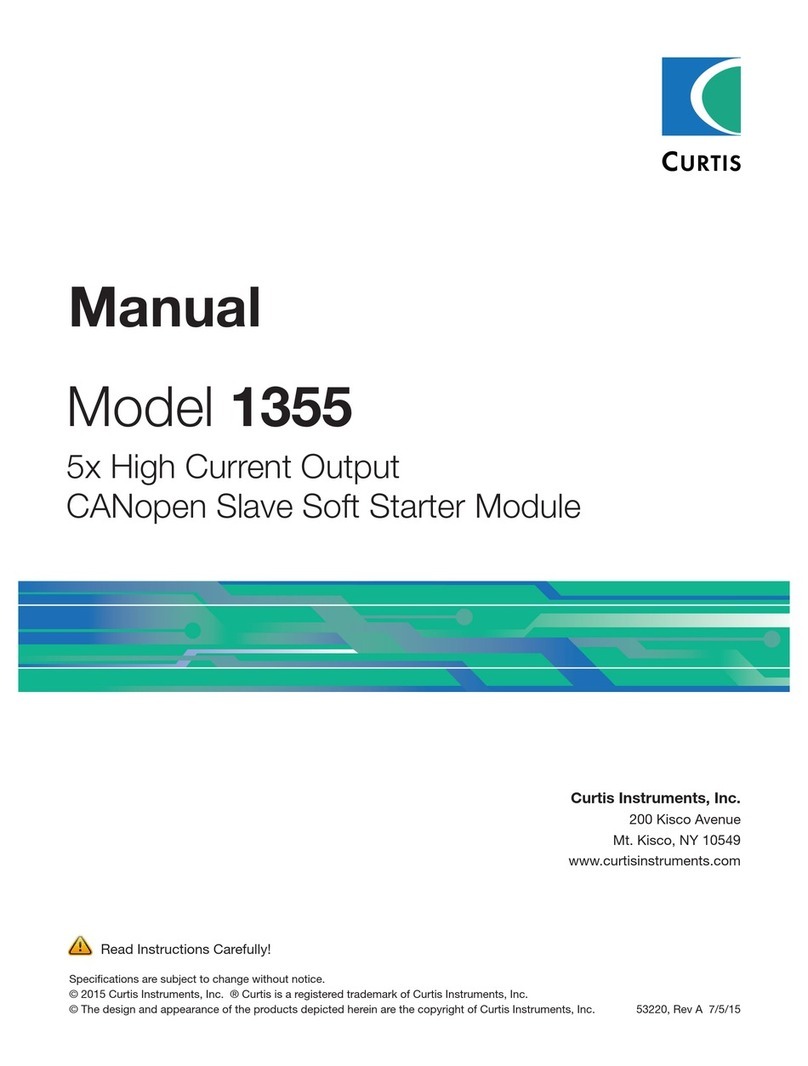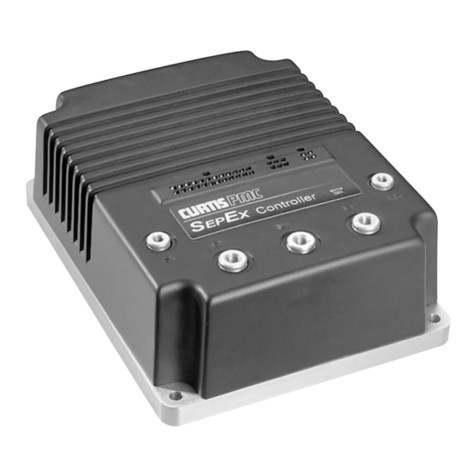
iv Curtis 1228 Manual, Rev. F
CONTENTS
Key-Off Deceleration Rate .........................................20
Brake Delay ................................................................20
Speed Parameters ...............................................................20
Maximum Speed, M1/M2 .........................................20
Minimum Speed, M1/M2 ..........................................21
Maximum Reverse Speed, M1/M2 .............................21
Minimum Reverse Speed ...........................................21
Creep Speed ...............................................................21
Push Speed .................................................................21
IR Compensation .......................................................22
Speed Scaler ...............................................................22
Throttle Parameters ...........................................................22
Throttle Input Signal Type .........................................22
Throttle Autocalibration ............................................23
Throttle Deadband ....................................................23
Throttle Gain .............................................................25
Ramp Shape (Static Throttle Map) ............................26
Fault Parameters ................................................................27
High Pedal Disable (HPD) ........................................27
Brake Faults ...............................................................28
Seat Lift Brake Faults .................................................28
Fault Beep ..................................................................28
Other Parameters ...............................................................28
Seat Lift .....................................................................28
Virtual Seat Lift .........................................................29
Beeper Solid ...............................................................29
BDI Full Voltage ........................................................29
BDI Empty Voltage ....................................................29
BDI Reset Voltage ......................................................30
Sleep Delay ................................................................30
Tremor Compensation ...............................................30
4. INITIAL SETUP ......................................................................31
Beginning the Setup Procedures ........................................31
Throttle .............................................................................31
Basic Vehicle Checkout ......................................................33
Determining Motor Resistance ..........................................33
5. VEHICLE PERFORMANCE ADJUSTMENT .......................34
Setting the Maximum Speeds ............................................34
Setting the Acceleration and Deceleration Rates ................34
Adjusting Load Compensation ..........................................37
Fine-Tuning the Vehicle’s Response Smoothness ................38
